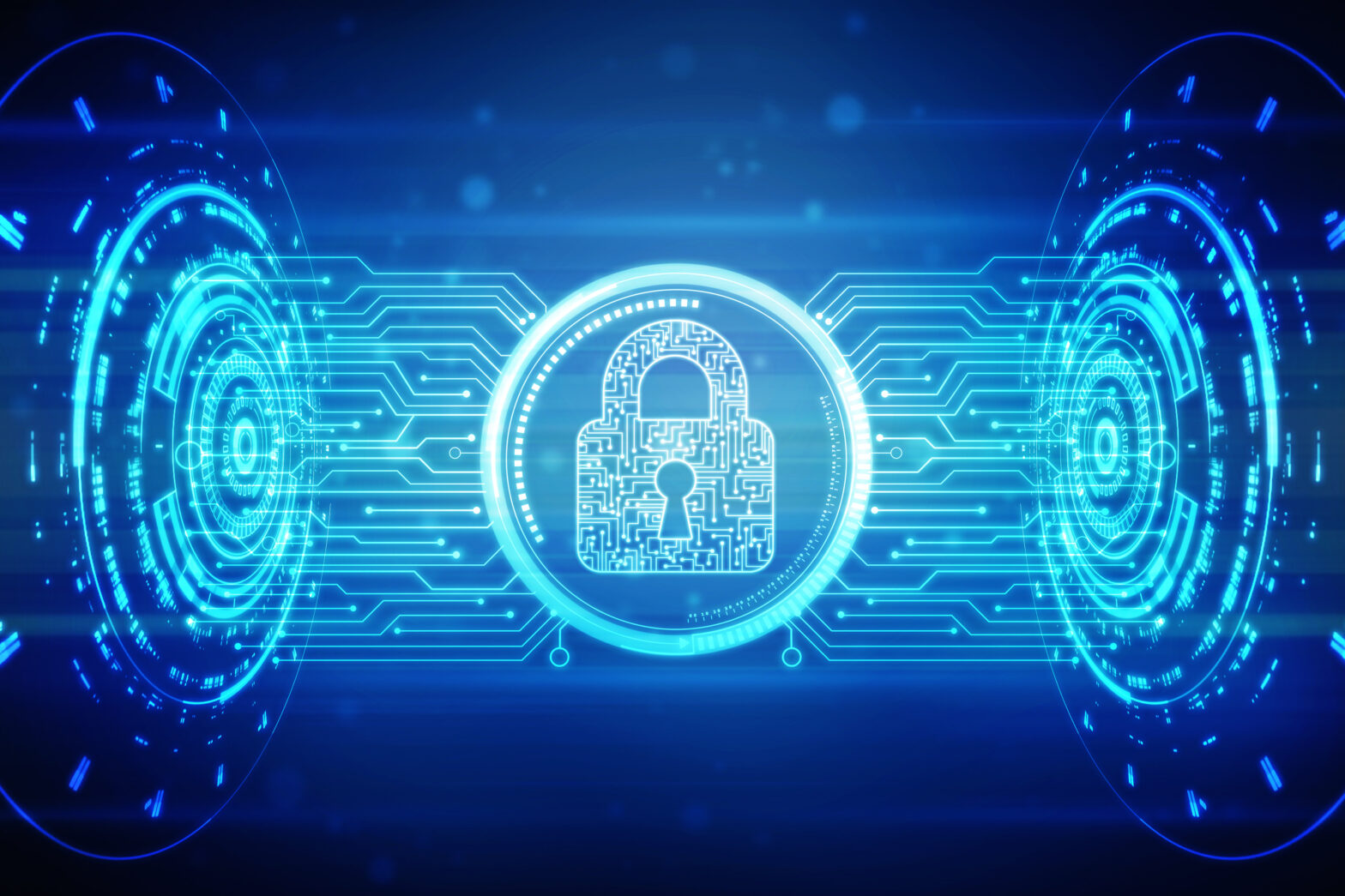With what feels like a new global cyber attack occurring every few weeks, businesses in every industry are vulnerable to those with malicious motives. Recently, the GoldenEye ransomware attack originated in the Ukraine and quickly spread across the world, affecting more than 60 countries across Europe, the United States and Asia.
The attack hit several governments and global organisations, including food company Mondelez, the world’s largest advertising agency WPP, Russia’s biggest oil producer Rosneft and Danish shipping giant A.P. Moller-Maersk, among others.
While GoldenEye appears to be less damaging than the wide-scale WannaCry attack in May, the regularity of these digital assaults serves as a harsh reminder that cyber criminals will continue to seek ways to poke holes in organisations’ digital infrastructures.
>See also: How to protect your organisation from ransomware
Even though in these recent attacks individuals received messages demanding money to decrypt data – WannaCry and GoldenEye attackers demanded $200 and $300, respectively – it’s becoming apparent that money isn’t the primary motivator – it’s the access to an organisation’s sensitive data.
While data is a huge asset to a business, it can also attract negative attention by those who seek to exploit it. These sophisticated AI-powered attacks can make subtle changes – like altering the text of one email – and over time, corrupt data, thus opening the window for scammers to capture sensitive information and cause chaos in an organisation.
For example, GoldenEye prompted an Australian branch of global law firm DLA Piper to take down its communications, while WannaCry forced several U.K. hospitals to shut down for hours. The increasing regularity of these digital assaults should serve as a warning sign for organisations world-wide, especially as the industries, countries and organisations affected vary.
How can companies protect themselves?
Not only are wide-scale digital assaults getting more frequent, scammers are getting smarter. Companies and employees need to be especially vigilant when it comes to opening rogue emails or clicking on questionable pop-ups.
The Hiscox Cyber Readiness Report 2017 found 53% of the 3,000 companies across the US, UK and Germany surveyed were ill-prepared to deal with an attack. Since the level of sophistication is making it increasingly difficult to detect these intricacies, education on data and network encryption, as well as tips on how to spot attacks, are more important than ever.
>See also: Flawless defence – how Glasswall protected itself from a cyber attack
Companies can – and should – offer training courses so employees understand what to look out for and the ramifications of what could happen to company data if they’re not more careful. On a regular basis, employees should be encouraged by operations teams and IT to update software, be cautious of emails sent by individuals they don’t know and avoid opening dubious email attachments.
While it’s easy to become complacent and click “Remind Me Later” on updates, a simple software update can protect a business from a vicious attack. For instance, many of those hit by WannaCry could have been spared, as Microsoft had released a newer and more resilient version of their software just a few weeks prior.
Archiving, data preservation and analytics systems can also help organisations flag threats before an attack occurs, or identify the source of risks in the event the network has been infiltrated.
Moreover, when information is preserved in a secondary repository such as an archive, the risk of files being wiped isn’t as catastrophic as it would be if the information was stored in a single location.
>See also: 10 questions you should ask to ensure cyber threat prevention
In addition, a data preservation archive can be used to verify the authenticity of the original data. Taking the time and making the financial commitment to ensure proactive security measures are taken will put companies and their employees in a better position to mitigate their risk level. Cybercrime cost the global economy more than $450 billion in 2016, according to the Hiscox Cyber Readiness Report, so these measures are well worth the investment.
How will cyber attacks change the way organisations operate?
Email communications continue to be the primary way in which phishing scams and ransomware attacks breach organisations’ networks. Given the new reality that a widespread attack could occur at any time, companies that fail to prepare properly are existing in a proverbial security Stone Age.
GoldenEye should serve as a wakeup call for businesses and government organisations to realise: yes, it’s time to pull the trigger on upgrading old operating systems or purchasing external hard drives, and no, building out a bigger security budget can’t wait until next year or the year after.
>See also: ‘One in five’ British firms hit by cyber attack in 2016
While the freedom of the internet affords boundless opportunities, it can also open individuals and organisations up to threats enabled by these same technologies. It’s time for business leaders to take action on security measures so the importance of preparedness trickles down, and so organisations can avoid complacency and instead build a team of security superheroes at every level.
Sourced by Greg Arnette, founder and CTO of Sonian
The UK’s largest conference for tech leadership, Tech Leaders Summit, returns on 14 September with 40+ top execs signed up to speak about the challenges and opportunities surrounding the most disruptive innovations facing the enterprise today. Secure your place at this prestigious summit by registering here







